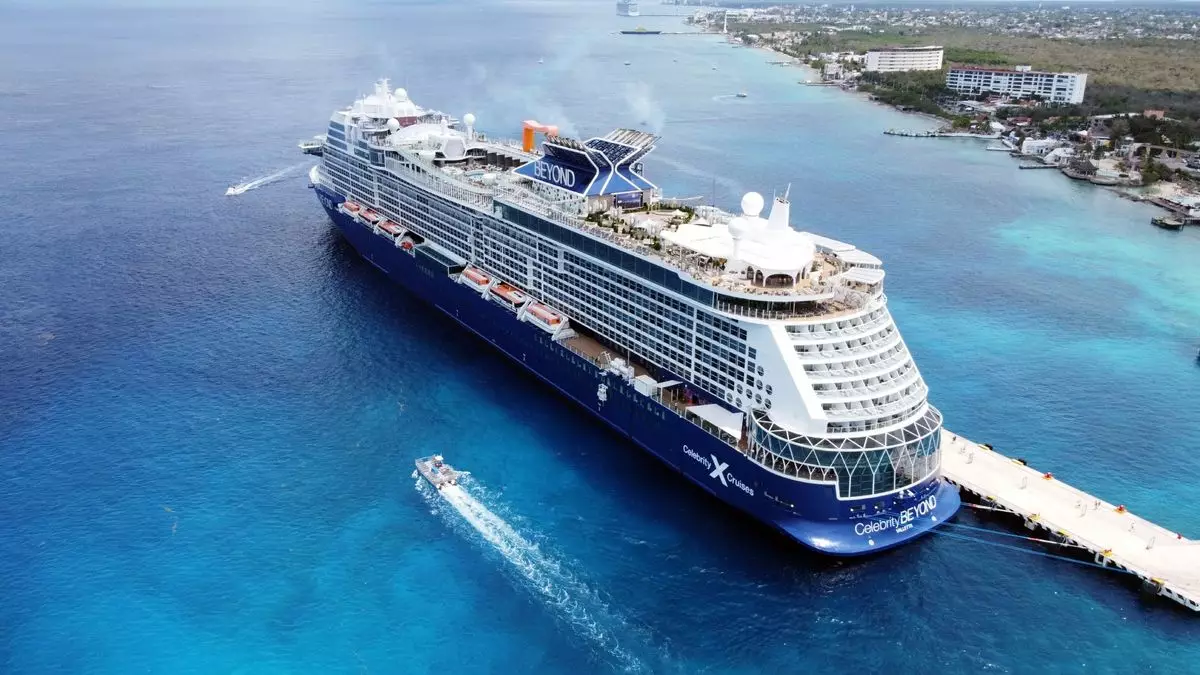Mexico has recently taken a controversial step by imposing a $42 fee on cruise ship passengers visiting its ports, a decision that has sparked a wave of criticism from various stakeholders within the tourism industry. Scheduled to take effect in 2025, this legislation has implications that could reverberate through the nation’s crucial cruise tourism sector, particularly in its Caribbean region.
The new fee was part of a wider bill that not only addresses port charges but also raises immigration fees at airports and access costs to nature reserves. The Senate’s decision follows a unanimous approval from the lower house, indicating a strong legislative backing for this measure. Historically, cruise passengers have been exempt from such immigration charges because they typically do not disembark for prolonged periods, and many choose to remain on the ships during port calls.
Cozumel, recognized as the world’s busiest cruise port, receives around four million cruise passengers annually. The introduction of this fee raises valid concerns about Mexico’s competitiveness in attracting these high-value tourists. Industry leaders, including Octavio de la Torre, president of the National Confederation of Commerce, Service, and Tourism Chambers, have voiced fears that this policy could lead to a substantial decline in visitor numbers, making alternative Caribbean destinations more appealing financially.
The tourism sector, particularly cruise lines and associated businesses, might find themselves at a crossroads. The Mexican Association of Shipping Agents has articulated its apprehensions, suggesting that the cost imposed on each cruise passenger could position Mexican ports among the priciest in the global market. This may drive cruise lines to opt for more cost-effective ports in neighboring countries, thus diminishing Mexico’s tourism-related revenues.
The rationale behind the new fee appears to be fueled by the Mexican government’s urgent need to bolster its financial resources. With existing budget deficits largely due to expenditures on infrastructure projects backed by the ruling Morena party, the government is seeking alternative revenue streams. Notably, two-thirds of the revenue generated from cruise passenger fees is earmarked for the Mexican army, rather than for enhancing port facilities or improving tourist experiences.
This decision raises fundamental questions about policy priorities. Should the government prioritize military funding at the expense of enhancing tourism infrastructure? By not directing revenue towards improving ports, they may inadvertently hamper the very sector they are attempting to support.
The decision to impose a fee on cruise ship passengers in Mexico is a double-edged sword. While it reflects the government’s struggle to find new revenue streams, the potential long-term impact on the nation’s tourism competitiveness cannot be overlooked. As Mexico moves forward with the implementation of this charge, stakeholders in the cruise industry will be watching closely to gauge its impact and consider their options in response to a rapidly changing economic landscape. The balance between budgetary needs and sustaining a vital tourism sector will be pivotal in Mexico’s tourism narrative moving forward.


Leave a Reply